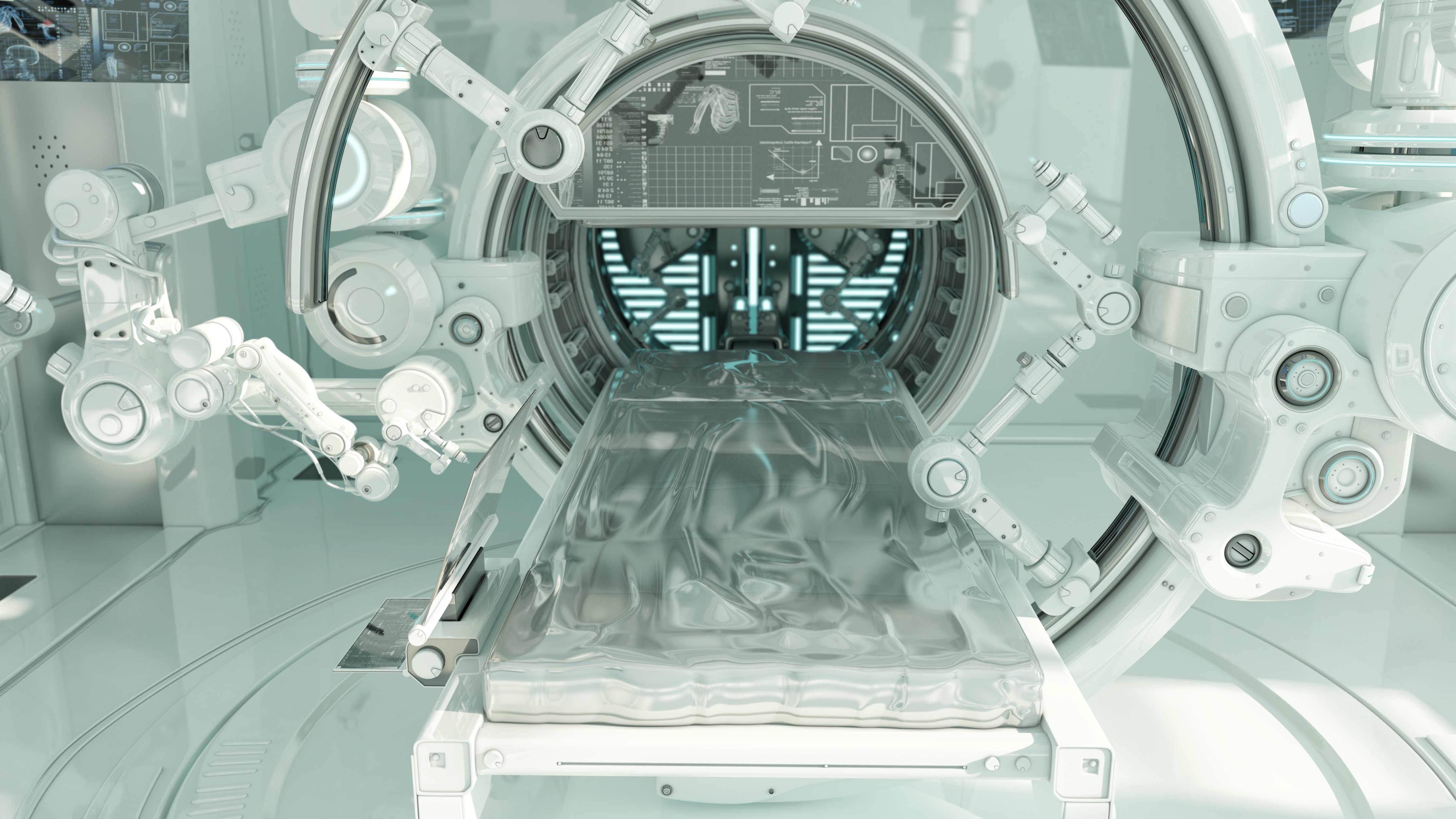In the last few years, the Internet of Things (IoT) has rapidly emerged as something of a phenomenon. The concept has become so popular that its impact is being felt across a huge number of industries, and healthcare is no exception.
Five years ago, says Bhoopathi Rapolu of Cyient, the medical device connectivity market was largely insignificant, but is now expected to grow at a CAGR of 38% over the next five years by adopting the capabilities of the IoT. With this in mind, here are five recommendations for healthcare organisations to ensure they fully embrace the power of the IoT:
1. Embrace the cloud
Today, the cloud has become the default platform for digital innovation, and the IoT is no different. IT departments have often been accused of holding innovation back in the past, yet nowadays it’s hard to find a single fast-growing health app which utilises in-house IT departments and ignores independent cloud platforms. The latter is favoured not just for its scalability and cost advantages, but also for promoting rapid adoption amongst like-minded pioneers and entrepreneurial communities. This has allowed them to pitch in with new value-added services, which has led to the value of the network within the IoT ecosystem increasing exponentially.
2. Open solutions up to all relevant stakeholders

It is vital that IoT medical equipment, applications or solutions are designed in a way that democratises the big data they generate – thus allowing all the relevant stakeholders to join the party. This should be done by creating open architectures which allow stakeholders to freely interact with the product in question, permitting them to record the number of people who interact with it and making the information surrounding the use of that equipment completely open.
This allows entrepreneurs and other leaders to open up innovation to numerous stakeholders within healthcare organisations including patients, doctors, service engineers, dealers and so on.
3. Don’t rule out remote monitoring
From tracking hospital assets and patients with real-time location systems and radio-frequency identification to remotely monitoring hospital equipment, the global healthcare sector is in for a dramatic change. Soon patients won’t need to visit the doctors for a blood-pressure reading: machines will be able to automatically take their readings and inform both them and their doctor if any anomalies arise. Compare that to your bank notifying you when your account is overdrawn, and it doesn’t seem such a crazy suggestion.
4. Collaborate with unlikely partners
We are living in an age of knowledge spillovers, where innovation within one firm/sector often has the unintended effect of stimulating growth within a neighbouring sector or rival firm. These spillovers make spectacular innovations possible, as firms begin to identify seemingly unrelated players collaborating with them to create value.
For example, Ford is working with the healthcare industry on a solution that would notify a nearby hospital if a person suffers a heart attack in their car, and can send an ambulance before the person is even aware they are having one.
5. Extract secondary and tertiary value from data
Many people exercise unevenly, distributing more weight on one leg than the other, which can lead to injuries. Wouldn’t it be beneficial if your shoes could warn you about your unhealthy exercise habits so that you can do something about it and avoid an injury? Second, surely a running shoe manufacturer would benefit from knowing how their products are being used, how often, and where most wear and tear occurs, so that they develop better shoes?
 What’s more, the data that these devices generate will only help to improve their quality, as this intelligence is added back into the devices and other healthcare applications. This could help create a cycle of improvement, which is undoubtedly a positive development and could see the MIoT market really explode into life.
What’s more, the data that these devices generate will only help to improve their quality, as this intelligence is added back into the devices and other healthcare applications. This could help create a cycle of improvement, which is undoubtedly a positive development and could see the MIoT market really explode into life.
By following these recommendations, firms can give themselves a definitive head-start in the race to the Medical Internet of Things. It’s clear that medical devices will soon become commonplace within the healthcare sector, and that they will form part of an enriched and broad MIoT. Furthermore, with this exponential increase in both connected medical devices and the continual improvements being made in processing data showing no sign of abating, imagination is the only remaining hurdle to overcome if developers are to bring the next big app to market, and bring to the world the healthcare of tomorrow.
The author is Bhoopathi Rapolu, head of Analytics, EMEA at Cyient
Comment on this article below or via Twitter: @IoTNow_ OR @jcIoTnow










